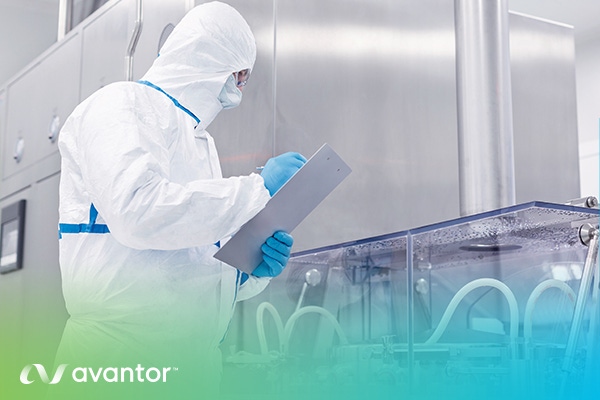- Sponsored Content
- Downstream Processing
Solving Cost and Supply Challenges in Biopharma Downstream Processing
December 7, 2022

Sponsored Content
In only five years, the number of FDA approvals for monoclonal antibody (mAb) therapies has more than doubled. These therapies continue to lead resource investment as biopharmaceutical companies drive to get these innovative, life-changing therapies to market faster. Yet mAbs downstream processing — which accounts for roughly 60% of the production cost of a biologic drug — hasn’t kept up with advances in upstream processing. Much of this challenge stems from downstream processing’s need to move biological materials through a series of unit operations with multiple chromatography steps. While there are many components to downstream processing, three in particular are poised for interventions that can help biopharmaceutical manufacturers improve recovery and reduce production costs.
Dr. Nandu Deorkar, Senior Vice President R&D at Avantor, offers insights into these areas, including additive-enhanced buffers and customized buffer management, mixed-mode chromatography and chromatographic resins with tailored ligands as well as data aggregation. However, many downstream process solutions demand high-quality materials and tailored solutions. Dr. Deorkar also explores the need for close, collaborative relationships between therapeutic protein manufacturers and their suppliers.
Read the article to explore the technologies and insights that can help downstream processing keep pace with mAbs demand and get critical biologics to market faster.
About the Author(s)
You May Also Like





